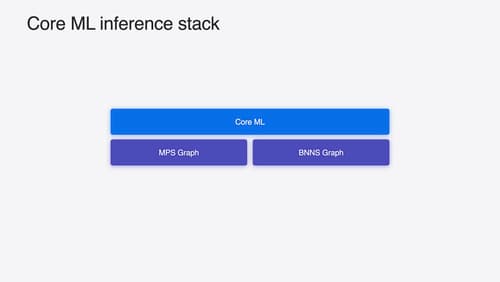What is homomorphic encryption
Asked on 2024-08-01
1 search
Homomorphic encryption is a form of encryption that allows computations to be performed on encrypted data without needing to decrypt it first. This means that a server can process encrypted data and return an encrypted result, which can then be decrypted by the client to reveal the final output.
In the context of WWDC, homomorphic encryption is mentioned in the session What’s new in privacy. It is used in the implementation of Live Caller ID, enabling a server to make use of an encrypted value without decrypting it. The server computes on the incoming ciphertext, evaluates for a match, and then returns the transformed ciphertext back to the requesting device, ensuring that sensitive information, such as an incoming phone number, remains private.
For more details, you can refer to the chapter on Private caller ID in the session "What’s new in privacy".

Deploy machine learning and AI models on-device with Core ML
Learn new ways to optimize speed and memory performance when you convert and run machine learning and AI models through Core ML. We’ll cover new options for model representations, performance insights, execution, and model stitching which can be used together to create compelling and private on-device experiences.

What’s new in privacy
At Apple, we believe privacy is a fundamental human right. Learn about new and improved permission flows and other features that manage data in a privacy-preserving way, so that you can focus on creating great app experiences.

Explore Swift performance
Discover how Swift balances abstraction and performance. Learn what elements of performance to consider and how the Swift optimizer affects them. Explore the different features of Swift and how they’re implemented to further understand the tradeoffs available that can impact performance.
